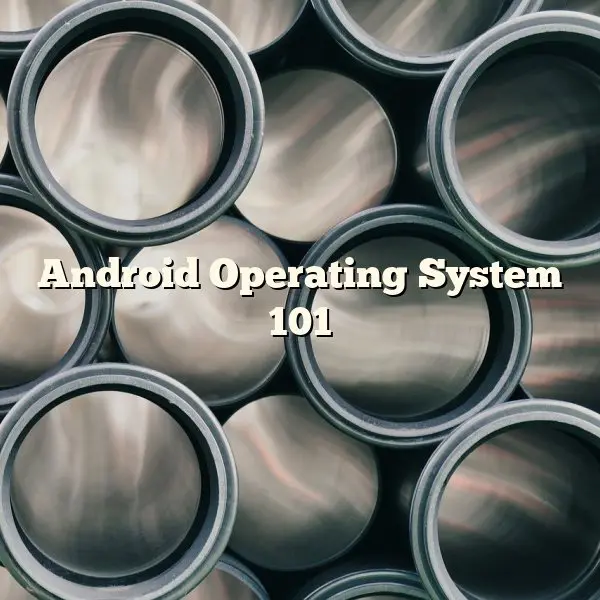The Android OS is a lot like the Windows operating system you have on your personal computer. However, it is specifically designed to work on small, low power gadgets like smartphones and tablets. It’s intended to run as efficiently as it can be while using as little electricity as possible. Android Inc. received world wide recognition when in August 2005 Google acquired the company after which it promptly announced that they’re going to be making the operating system Open Source to ensure anyone can use it without paying for it or pay any royalties.
The Android operating system is actually based on a modified adaptation of the Linux Kernel, Linux of course already an established open sorce option to Windows and OSX. At its most basic level, an operating system delivers the layer between the hardware and software made to run on it. In the case of Android it needs to be able to pass commands to the cpu, mic, camera, GPS, touch screen and keypad and so on. Various programs can then be created to run on Android Operating System to make the unit useful.
The Android operating system is a sophisticated software program and packs a big punch in a tiny package. It relies on a lightweight relational database called SQLite to store and retrieve data for the assortment of applications that you install. It also offers built in play back capability for many different media types including WebM, H.263, H.264, PNG, GIF, BMP, MPEG, MP3, MIDI, WAV and JPEG.. When it comes to connectivity it can tackle the latest technologies out of the box which includes GSM, IDEN, CDMA, Bluetooth, Wi-Fi and WiMax, SMS and MMS types of messaging which makes it the ideal platform for application programmers to develop innovative new software.
Android has overtaken virtually every other smartphone operating system around, which includes Apple’s iOS which powers the iPhones and Blackberry’s very own operating system. By the end of 2010, approximately Thirty three million smartphones were purchased which ran version of the Android OS and research analyst NPD Group now estimates that 50 percent of all smartphone purchases are for an Android smartphone.
The driving factor powering this speedy take up is the open source nature of the operating system. Because of this any phone, tablet or portable device producer on the planet can download the source files, modify and customize it to their exact requirements then distribute it on devices produced by them. The royalty free aspect of Android has encouraged most of the biggest names in the smartphone business like Samsung, LG, HTC and Motorola to build appealing devices utilizing the Android operating system.
One more reason for the high demand of Android mobile phones is that towards the end of 2010 there were more than 200,000 apps available for download which included games to utilities, image editing to location based services. Unlike Apple’s app store, most Android applications cost nothing or have free versions, which encourages people to use Android phones.
Learn more about Android tablets, phones and mobile devices online. Prior to deciding on a device be sure to read through the many Android tablet reviews available. This will make certain that you buying a device that is ideal for your needs.






